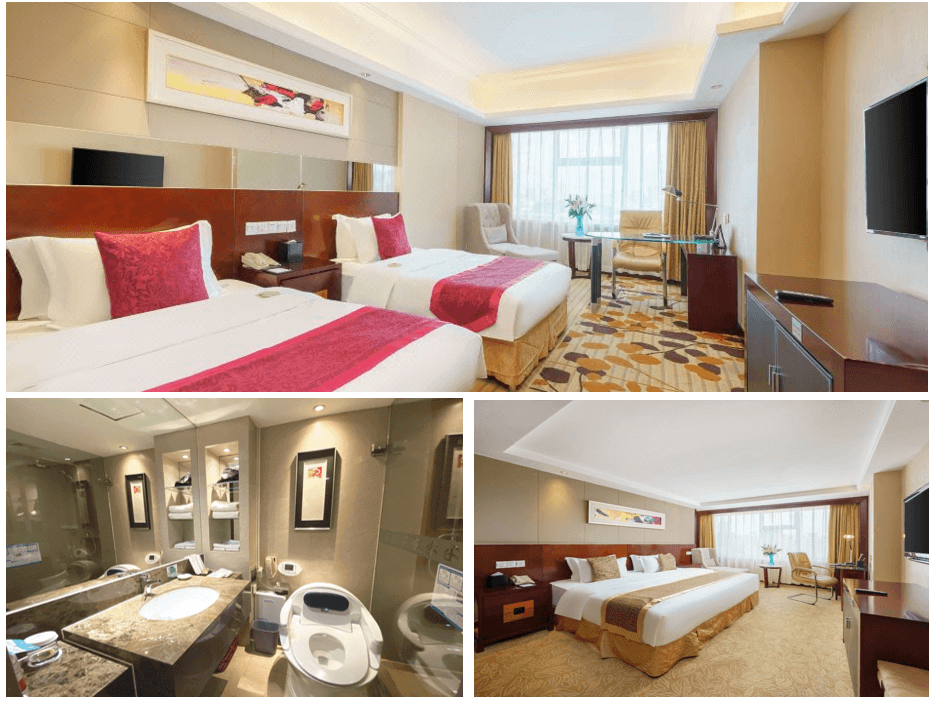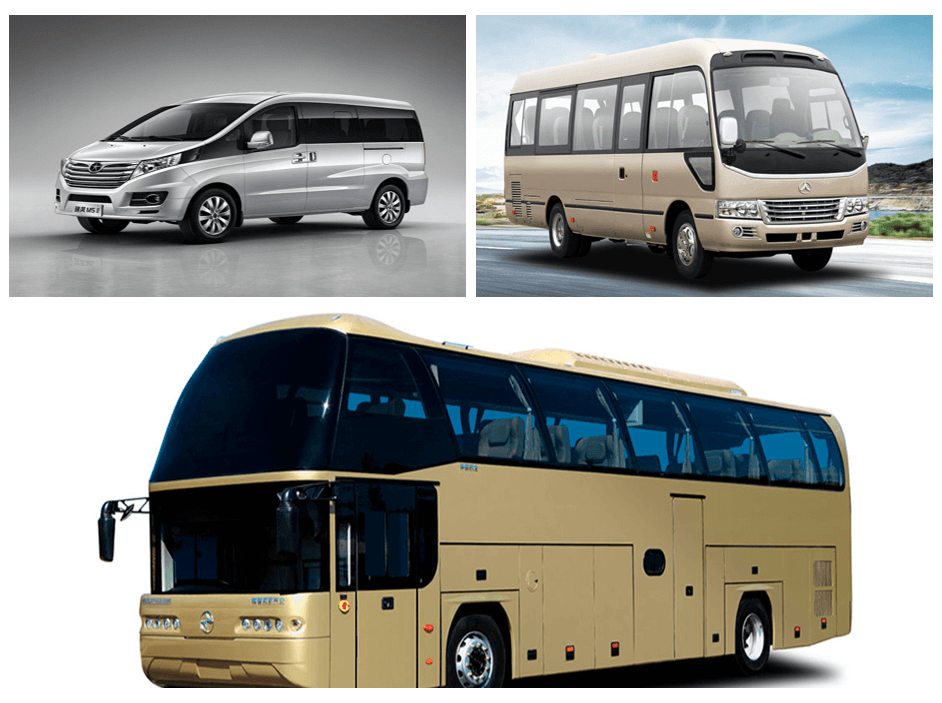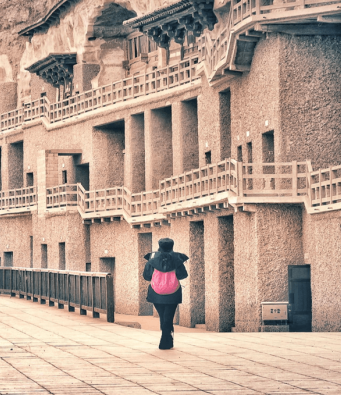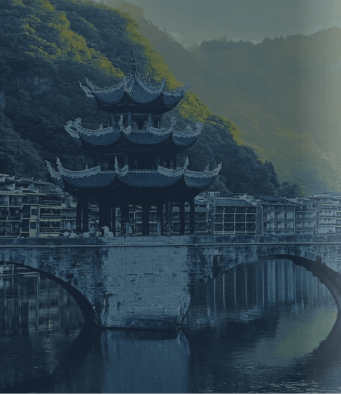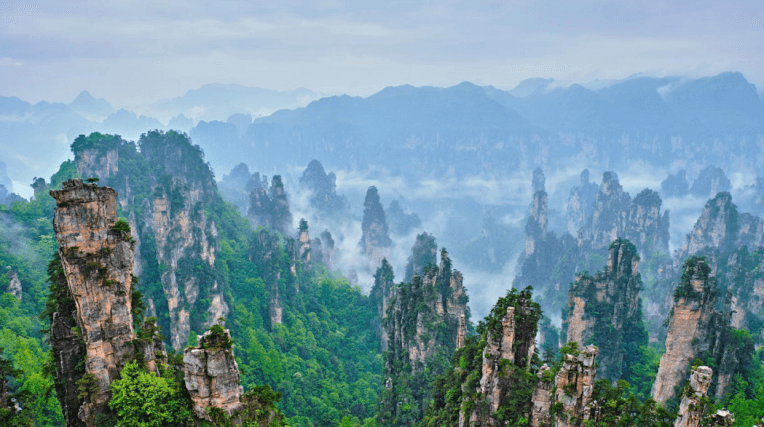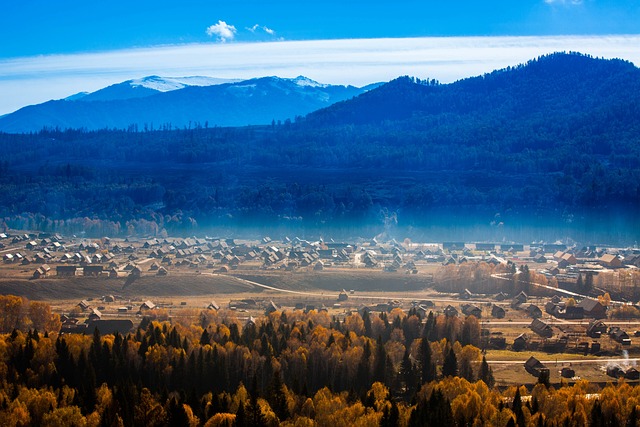There is a road that starts from Chang’an in China in the east and extends all the way to Rome in Europe in the west.
There is a road that has carried countless camels and travellers.
There is a road that spreads the legends and culture of the East
There is a road that carries on the friendship and civilisation of East and West
The Silk Road is a famous ancient land trade route across Asia and connecting Eurasia, referring to the transport and commercial trade route that started from Chang’an or Luoyang in ancient times, passed through the Hexi Corridor in Gansu and today’s Xinjiang region, crossed the Pamir Plateau, entered Central Asia, Iran and other places, and connected Asia and Europe.The total length was more than 7,000 kilometres.Today, the Silk Road has become synonymous with economic and cultural exchanges between the ancient East and the West, that is, all the ancient China to the neighbouring countries of the traffic route, whether by land or by sea, are called “Silk Road”. Today, the Silk Road is a bridge between China and the world.It is because of the existence of this “bridge” to promote the world’s different countries, between different peoples, but also to promote two-way cultural exchanges between the East and the West.

| Dates | City | Journey | Groggery |
| D01 | Kuala Lumpur/Lanzhou | Take a flight to Lanzhou, upon arrival, the guide will pick up and transfer to the hotel for rest. | Lanzhou |
| D02 | Lanzhou | Visit Liu Jiaxia Dam, Bingling Temple Grottoes Return to Lanzhou | Lanzhou |
| D03 | Lanzhou | Visit Gansu Provincial Museum, White Pagoda Mountain Park, Zhongshan Bridge, Waterwheel Garden Mother Yellow River Statue, Zhengning Road Snack Street. | Lanzhou |
| D04 | Lanzhou/Zhangye | Take the train to Zhangye, after lunch visit the Great Buddha Temple, the seven coloured Danxia | Zhangye |
| D05 | Zhangye/Jiayuguan | In the morning, visit the Horseshoe Temple Grottoes, after lunch go to Jiayuguan Pass, on the way to visit the Jiuquan Park | Jiayuguan |
| D06 | Jiayuguan/Dunhuang | Visit Jiayuguan Fortress, Great Wall Museum, go to Dunhuang after lunch, Dunhuang Night Market | Dunhuang |
| D07 | Dunhuang | Visit Yadan landforms, Yumen Pass, the Great Wall of Han Dynasty, Hecang City | Dunhuang |
| D08 | Dunhuang | Visit Mingsha Mountain Crescent Spring, Mogao Caves | Dunhuang |
| D09 | Dunhuang/Tulufan | In the morning countryside riding, local farmers home visits, after lunch to the willow garden by train, arrived in Turpan after checking into the hotel to rest! | Tulufan |
| D10 | Tulufan | Visiting the Flaming Mountain, Berziklik Thousand Buddha Cave, Tuyugu Mazar Village | Tulufan |
| D11 | Tulufan/Urumqi | Visit Jiahe Old City, Kanye Well Sugong Pagoda Afternoon to Urumqi | Urumqi |
| D12 | Urumqi | Visit Tianshan Tianchi, Erdaoqiao Dabazaar | Urumqi |
| D13 | Urumqi/Xi’an/Kuala Lumpur | Free time, fly back to Kuala Lumpur |




 Home
Home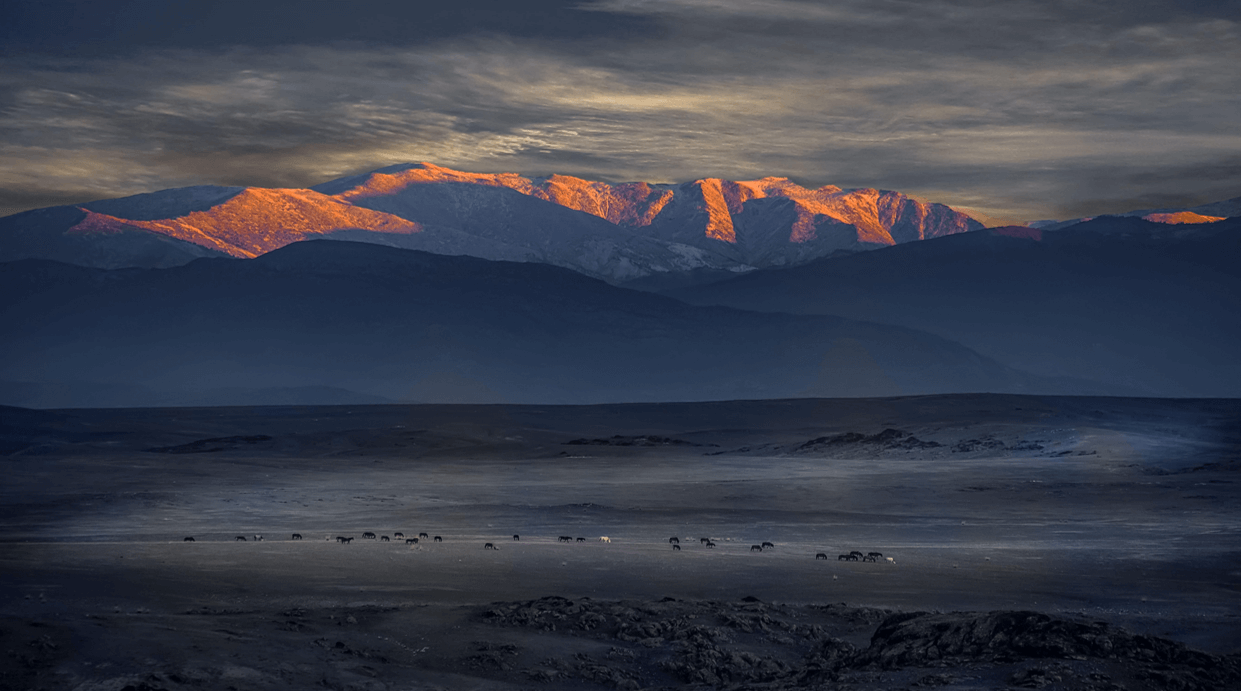

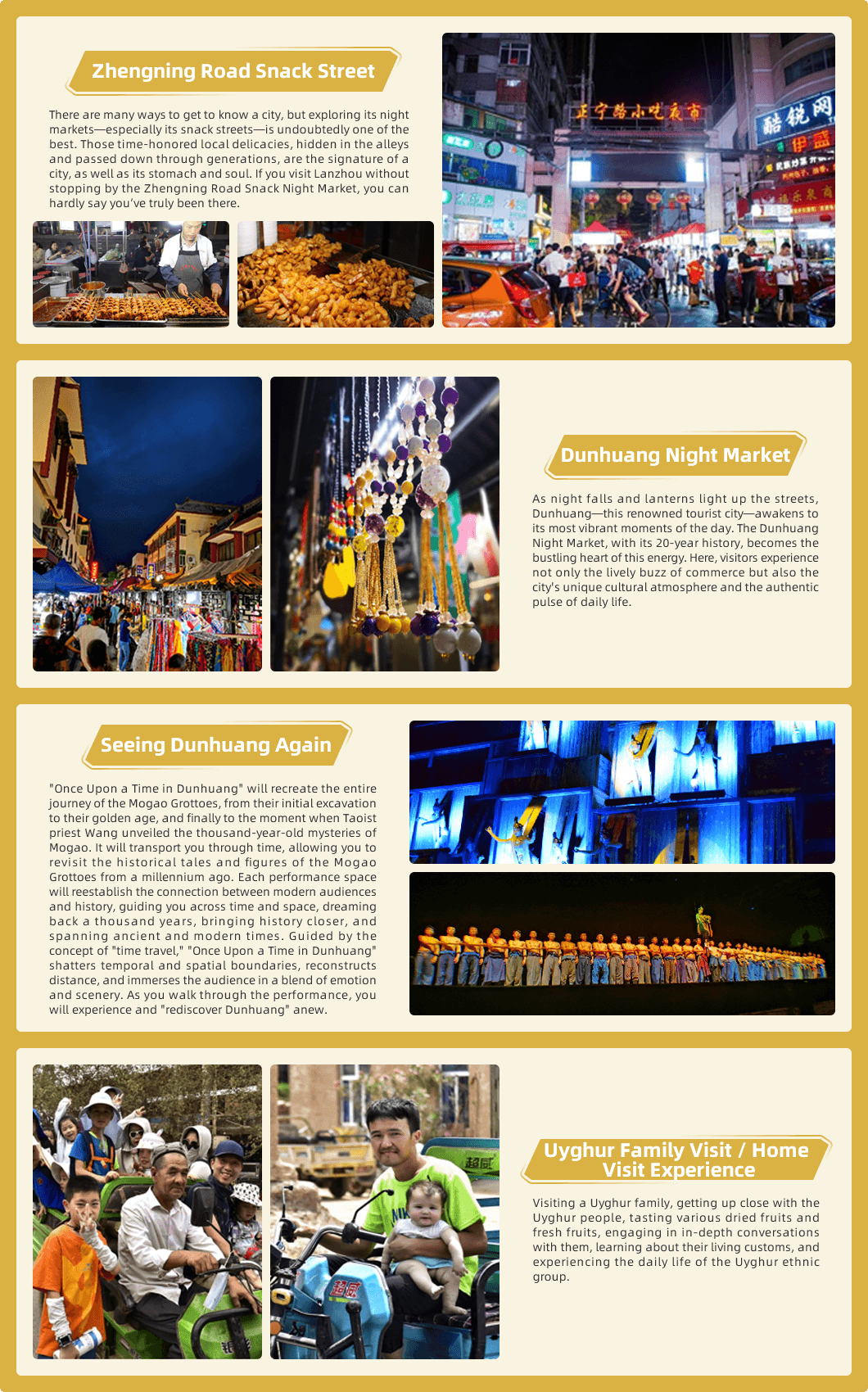
 Traffic:Aircrafts
Traffic:Aircrafts
 Residential accommodation:Lanzhou
Residential accommodation:Lanzhou Itinerary:
Itinerary: 